Years before Harvey Milk was elected in San Francisco, the Upper Midwest had out women and men serving in—and being elected to—office. Richard Wagner tallies our political scorecard.
As I write, there is Oscar buzz about the film “Milk.” It certainly is at the top of my list for 2008 movies. I wept during the film and felt personally connected in several ways. I first ran for office in 1973, the same year as Harvey Milk’s first unsuccessful run. While mine was also unsuccessful and I was not yet publicly out, my platform, like Harvey’s, did include proposed civil rights protections in municipal ordinances for gay men and lesbians. It was several years later that Madison did pass an ordinance, though we did so before San Francisco passed theirs. And like Harvey, I got threatening mail. I remember hearing in real time Harvey Milk’s political will urging folks to come out, which was broadcast on Wisconsin public radio just after his death.
But there are several historical aspects the film raises of which we should take note. Some early reviewers put Harvey Milk out there as the first openly gay elected official in the U.S. We can attribute some of that to bi-coastal viewpoints and some to just faulty research. In fact, the role of the Upper Midwest in gay and lesbian leadership, especially in elected officials, is one in which our region can be justly proud.
The first person noted to have come out while in office is from Ann Arbor, Michigan. Nancy Wechsler ran and was elected to City Council in 1972. During her term, she came out as a lesbian. Score one for the Upper Midwest.
In 1974, Kathy Kozachenko ran as an out lesbian for the same Ann Arbor city council and won, making her the first out person in the U.S. to be elected. Score two for the Upper Midwest.
Next was Elaine Noble, who was elected to the Massachusetts House of Representatives in 1974 and came out in her first term. She was involved in LGBT activism in the Boston area. She was re-elected in 1976 as an out lesbian, becoming the second out person to be elected. In 1978 she tried to make further history and ran for the U. S. Senate, but lost in the primary.
Responding in part to Noble’s stance and his own sense of integrity, Minnesota State Senator Allan Spear came out in 1974. His coming out was featured in The New York Times. Re-elected in 1976 to the State Senate, Spear became the third openly gay or lesbian person to be elected. Score three for the Upper Midwest.
Next, our focus turns to Madison. In October 1976 the City Council had to appoint a new alder for the student area around campus and Langdon Street to complete a term. After interviews with many candidates, the Council selected Jim Yeadon. Yeadon had not made a point of being gay at the time, but came out in an interview in the Daily Cardinal four days after his appointment. This really was not a revelation as he had been active in Madison’s Madison Alliance for Homosexual Equality (MAHE), the first gay rights organization in Wisconsin, formed in the fall of 1969 after Stonewall. Yeadon was also active in the Gay Law Students Association and served on the Madison Equal Opportunities Commission. He also gave interviews to GPU (Gay People’s Union) News of Milwaukee. Yeadon was elected for a full term in the spring of 1977, becoming the fourth openly gay or lesbian person elected in our general area. Score four for the Upper Midwest.
Then, Harvey Milk in November of 1977.
Part of Milk’s argument for electing openly gay and lesbian people was that invisible minorities were too often judged on their most visible members who were not necessarily the role models the community would choose to put forward. Before Stonewall, gay and lesbian people were most often in the press as part of criminal reporting, from raids on bars or for having public sex. Milk felt it was not sufficient to have only liberal friends to look after us. “If we remain invisible, we will be in limbo; people with no brothers, no sisters, no parents, no positions of responsibility. The anger and frustration some of us feel because we are misunderstood—friends cannot feel that anger and frustration. They can sense it in us, but they cannot feel it… It’s time we have many legislators who are gay, proud of that and do not remain in the closet.”
Madison and Dane County took Harvey’s advice seriously. Yeadon’s trailblazing action was followed by dozens of subsequent city alders and county board supervisors and even a couple village board members in the region. When the first nationwide conference of out elected officials was held in 1984 (in West Hollywood—where else?), five of the dozen officials in attendance were from Wisconsin and Minnesota, including Kathleen Nichols and myself from the Dane County Board of Supervisors. Score another for the Upper Midwest.
Meanwhile, Jim McFarland who represented Yeadon’s old district on the Madison City Council was the first out Republican elected to office in the U.S. Likewise, Ricardo Gonzalez of the Madison City Council was the first out Hispanic person elected. When the fifth conference of out officials was held in Madison in 1989 (with Tammy Baldwin and me from the County Board as co-chairs), we presented the largest delegation of out officials (seven) from one area of the country. It included 10% of the City Council and 10% of the County Board. Score another one for the Upper Midwest. The Dane County Board became a training ground for out gay men and lesbians to run for higher office. Tammy began her service on the Board, as did Mark Pocan. Both went on the serve in the state legislature, where Pocan continues to this day.
Wisconsin remains just one of two states which have had two openly gay/lesbian members of Congress: Steve Gunderson and Tammy Baldwin. And Tammy made history as, not only the first woman elected to the U.S. Congress from Wisconsin, but also as the first person who was out when she was elected to Congress. Others, such as Rep. Barney Frank, came out after they had been elected. Score… oh, who’s counting? It’s too many.
So, enjoy the film “Milk” and the history that Harvey made, but also realize that here in the Upper Midwest, we are no slouches in demanding and getting our own seats at the table of public policy. In the days of 1960s activism, people used to refer to the Upper Midwest as the “Third Coast” because of the Great Lakes. In gay and lesbian activism, this was certainly the case in the last part of the Twentieth Century.

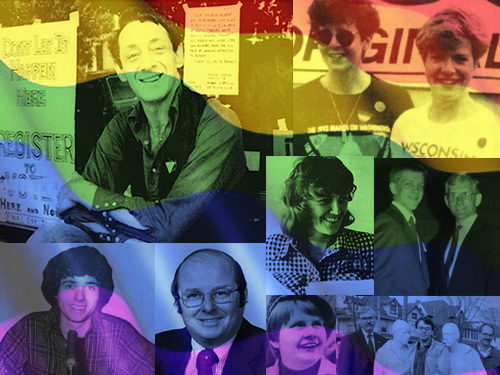


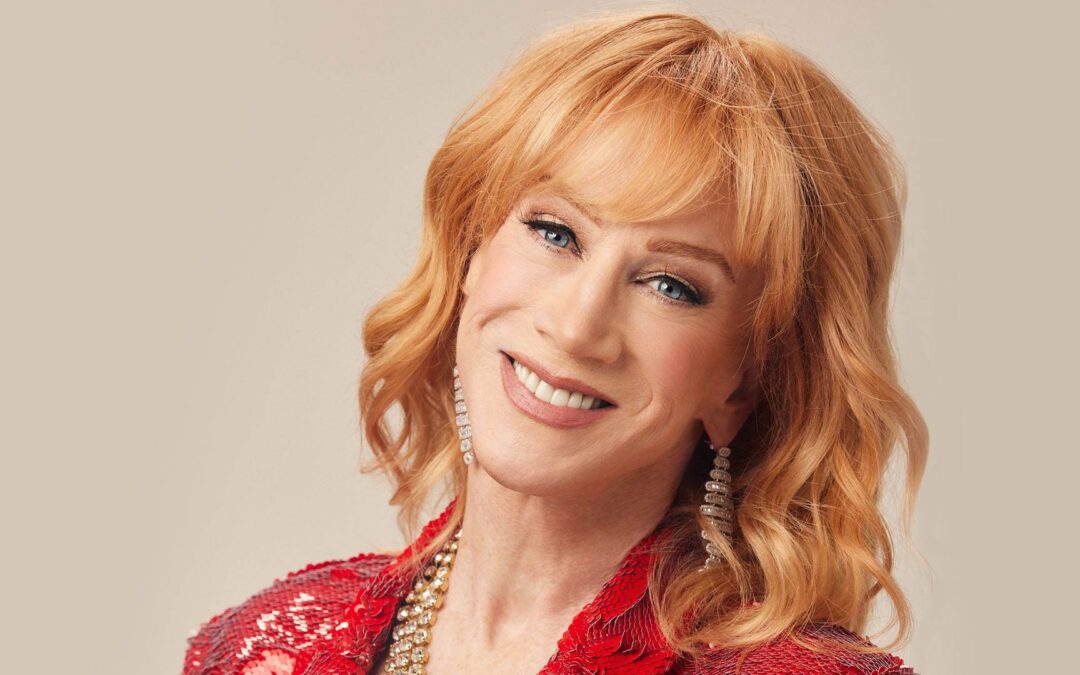
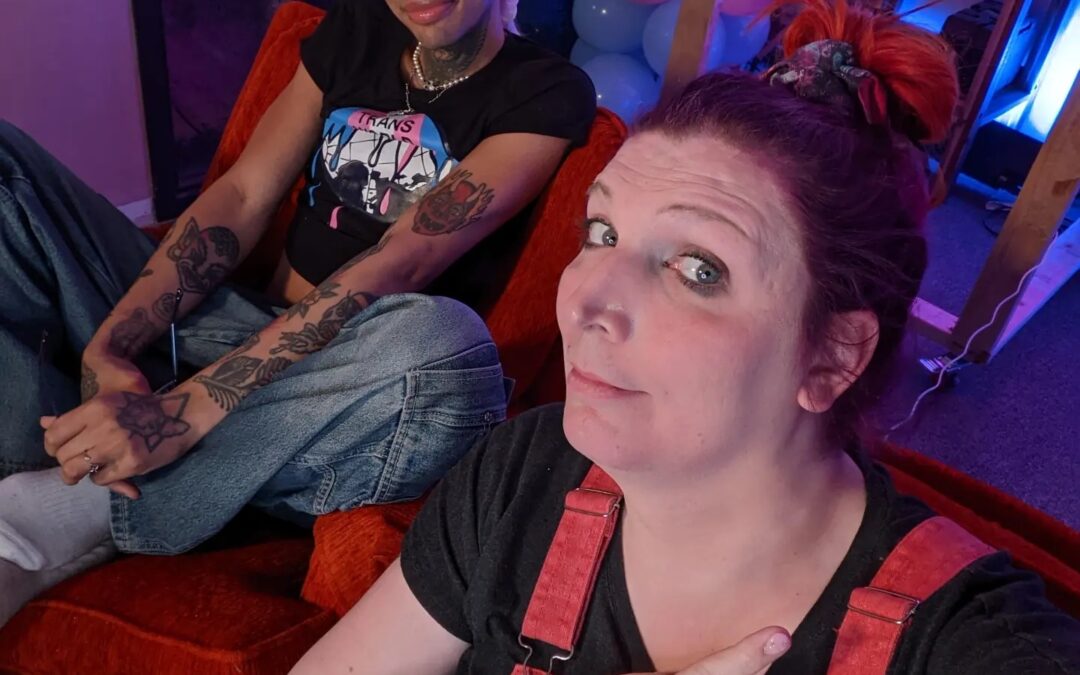
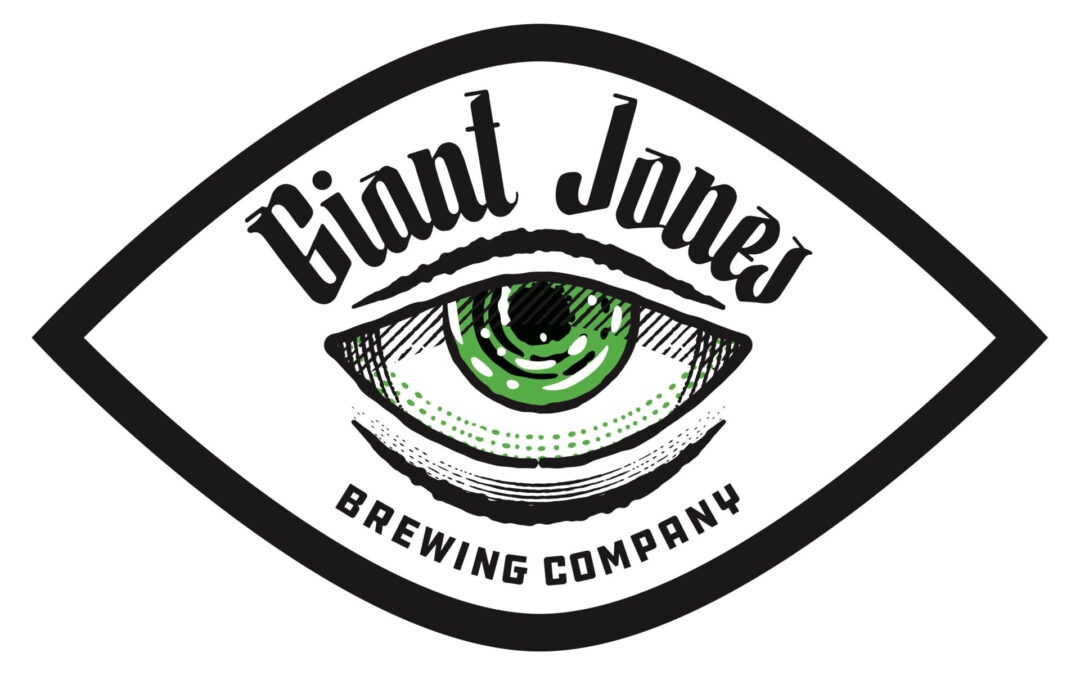
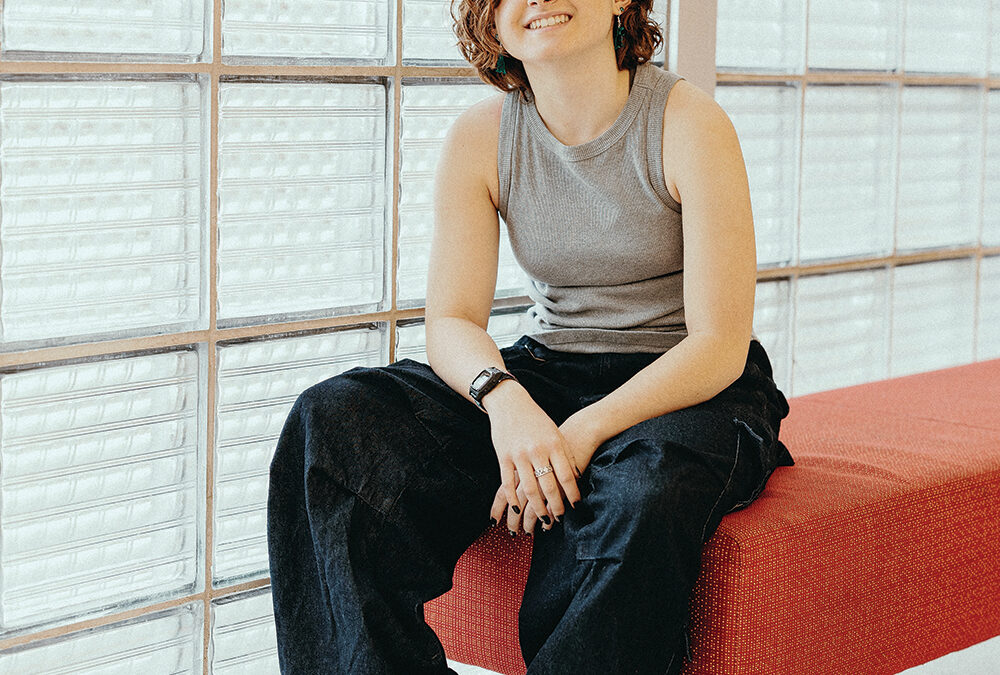
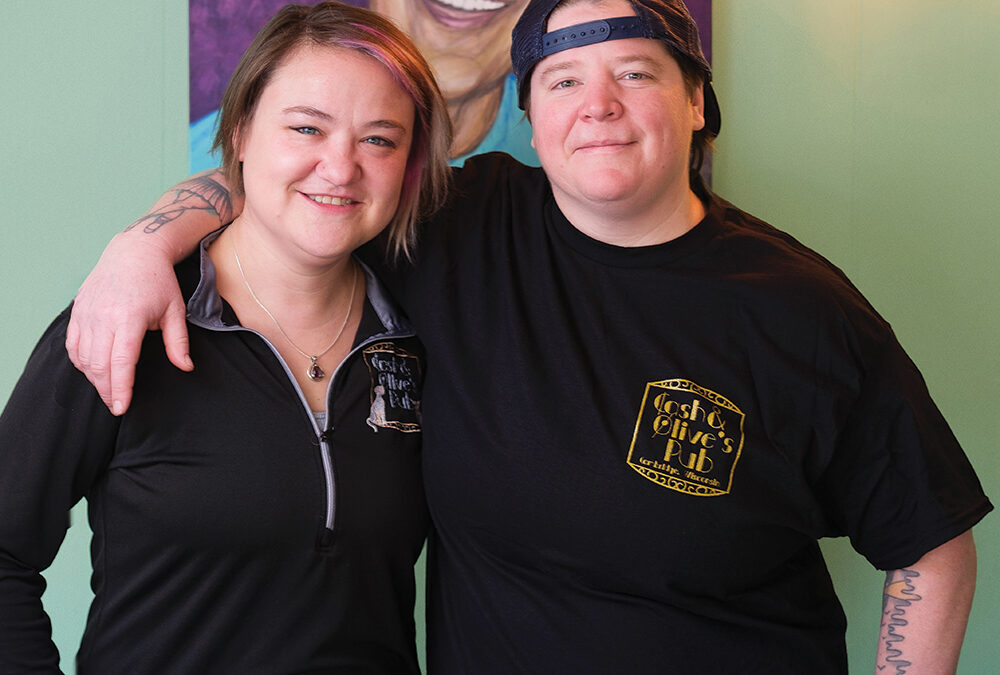
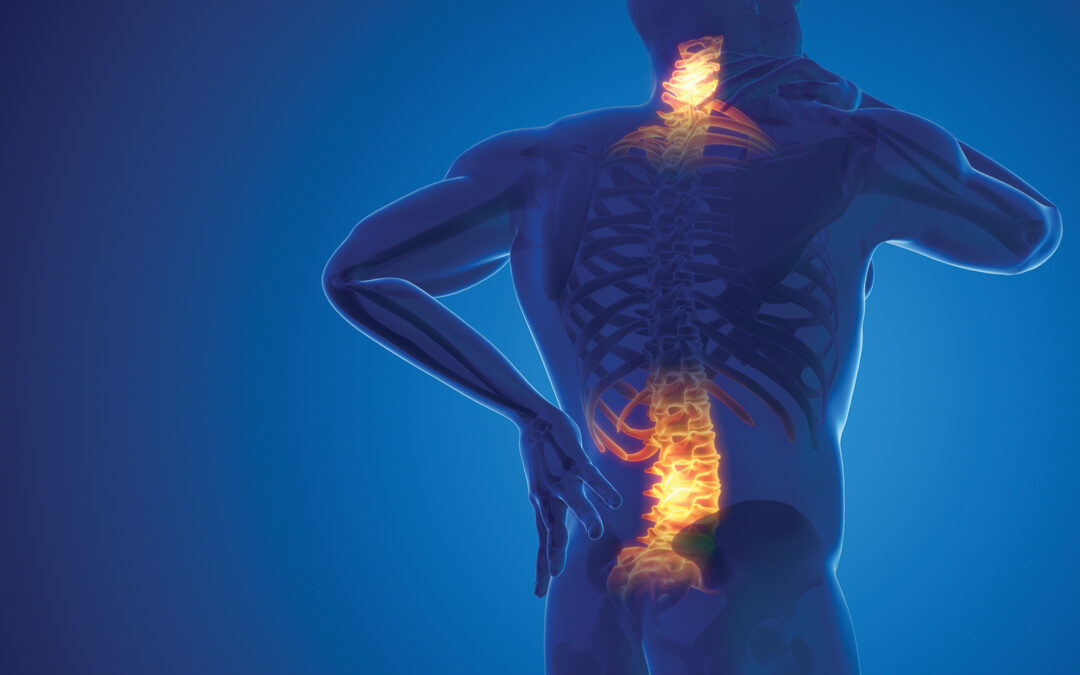
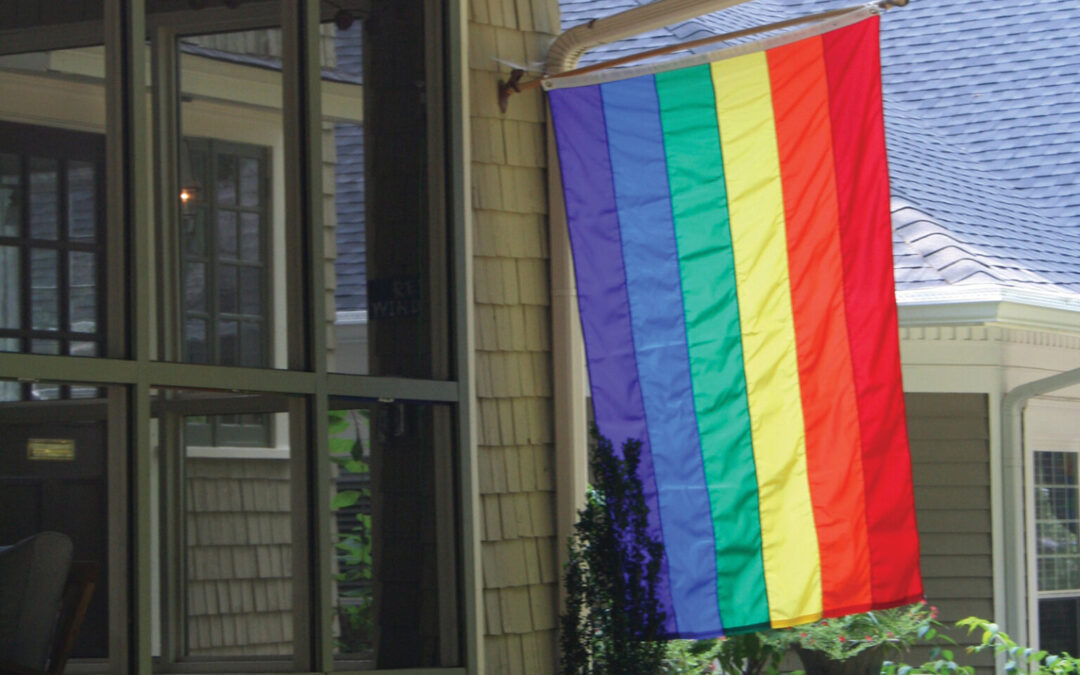
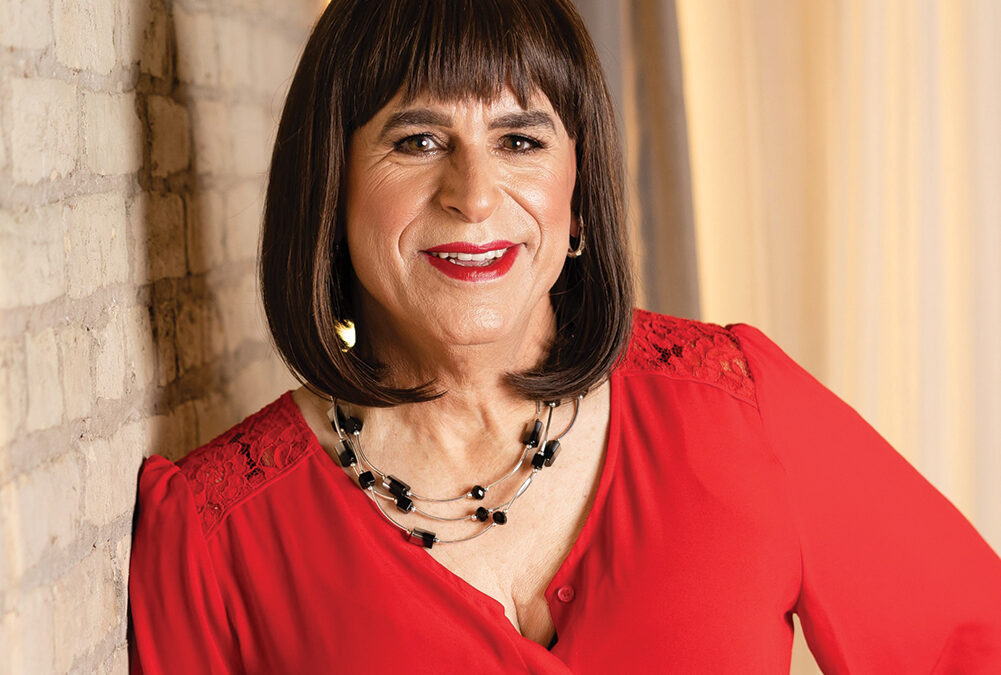
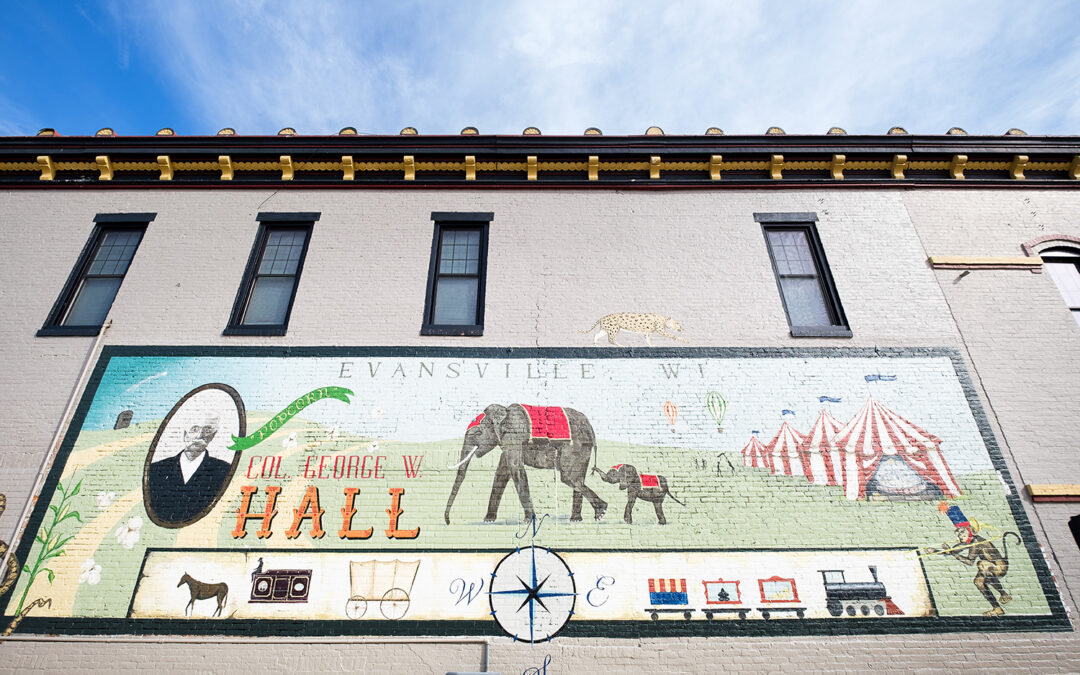
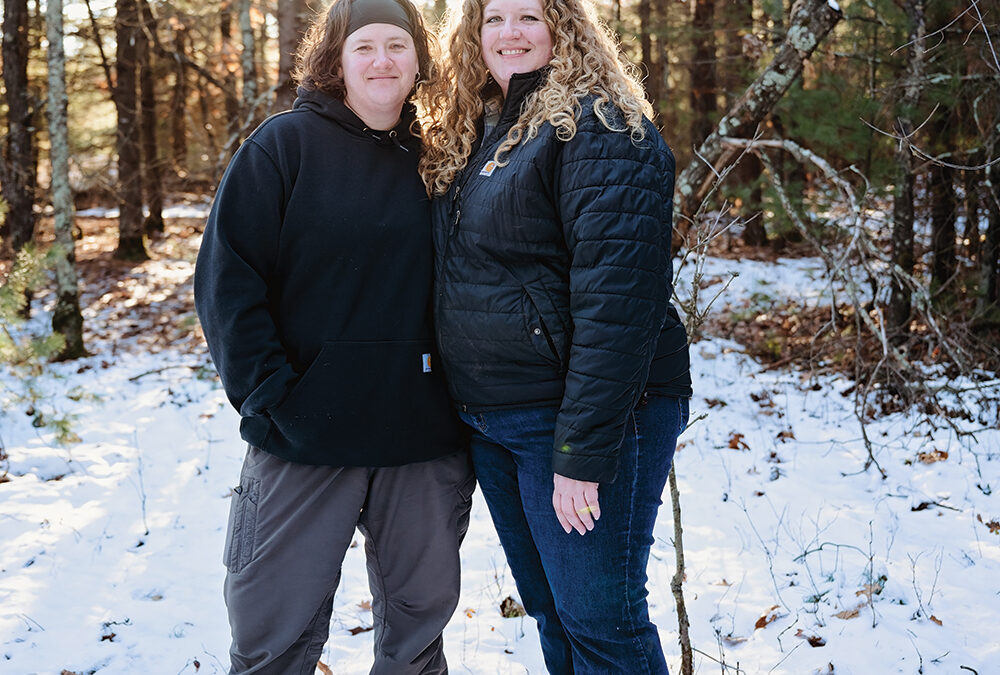
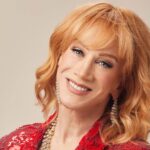
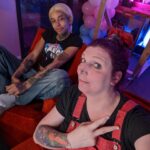
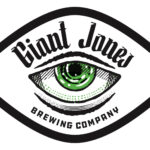

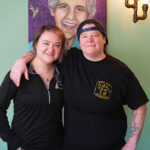


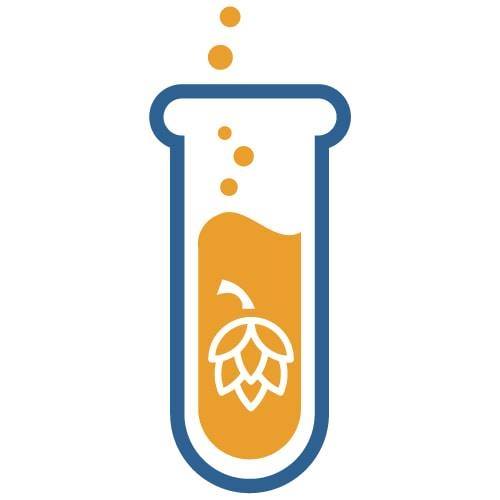

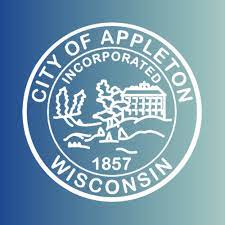
0 Comments